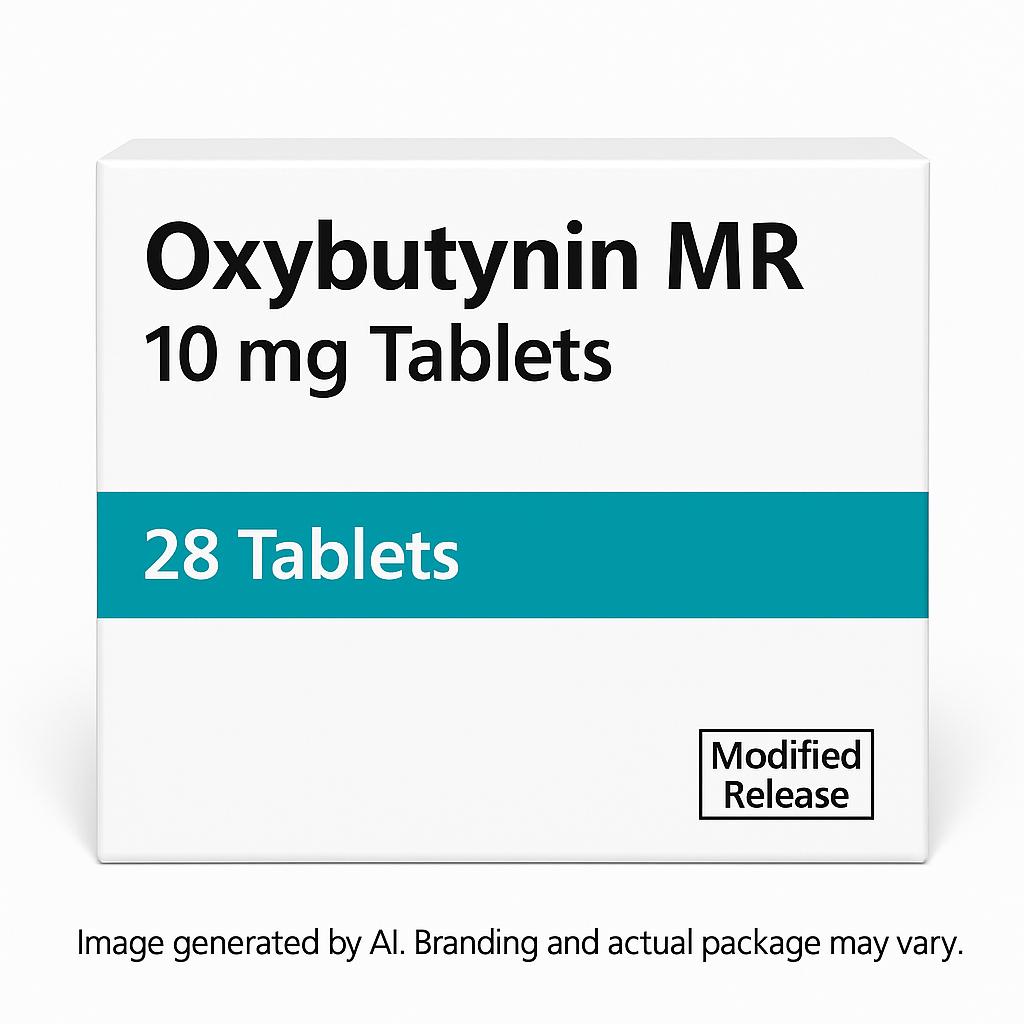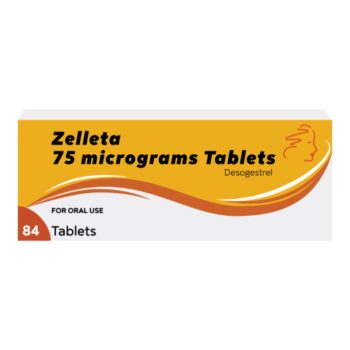What is Oxybutynin MR?
Oxybutynin is a prescription medication used to manage symptoms of an overactive bladder, including urinary urgency, frequent urination, and urge incontinence. It belongs to a class of medicines known as anticholinergics or antimuscarinics, which work by relaxing the muscles of the bladder wall and reducing involuntary bladder contractions that lead to sudden urges to urinate.
The “MR” (modified release) formulation is designed to release the active ingredient gradually over the course of the day. This allows for consistent symptom control and convenient once-daily dosing, which is especially helpful for people who prefer a simple treatment routine. Unlike immediate-release versions that require multiple daily doses, Oxybutynin MR can offer longer-lasting relief with fewer interruptions to daily life.
Oxybutynin MR is often prescribed to people with overactive bladder symptoms that have not responded well to lifestyle changes or bladder training exercises. It may also be beneficial for individuals with bladder dysfunction linked to neurological disorders such as multiple sclerosis or spinal cord injuries. Additionally, the medication can be used under specialist guidance to manage night-time bedwetting (nocturnal enuresis) in children.
By helping the bladder hold more urine and preventing sudden spasms, Oxybutynin MR can significantly improve comfort, confidence, and overall quality of life. Patients often report fewer urgent trips to the toilet, reduced episodes of incontinence, and better sleep due to fewer nighttime awakenings.
While generally effective, Oxybutynin MR may cause side effects in some people. Common side effects include dry mouth, constipation, blurred vision, drowsiness, or dizziness. These effects are typically mild and may reduce as the body adjusts to the medication, but it’s important to report any persistent or severe symptoms to your doctor.
Always take Oxybutynin MR exactly as prescribed by your healthcare provider. Do not crush or chew the tablets, as this can interfere with the extended-release mechanism. Regular follow-up may be necessary to monitor progress and ensure the medication remains effective and well tolerated.





